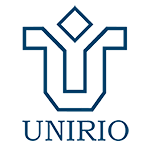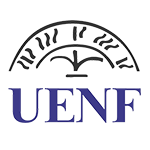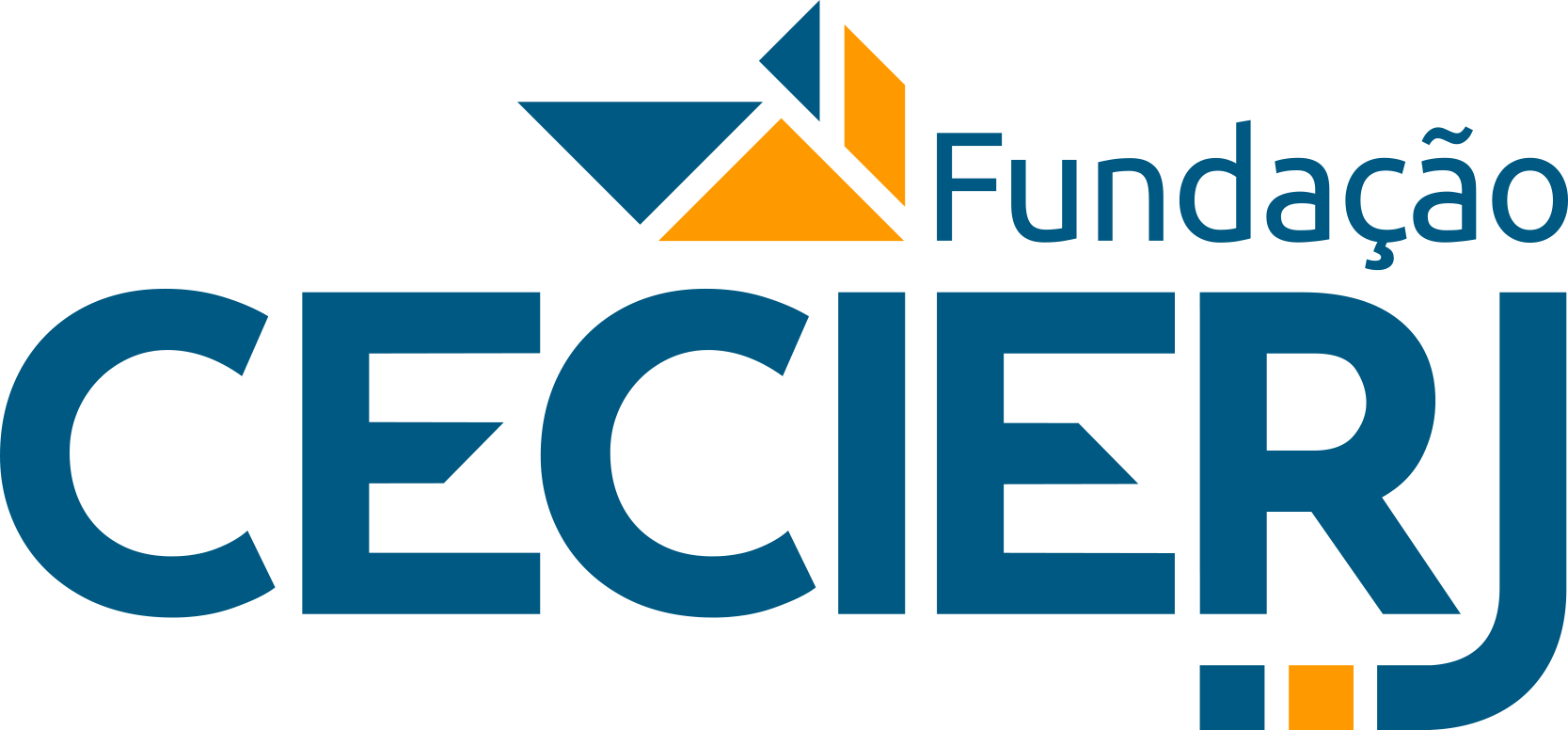Formation of a Virtual Learning Environment: One Discipline, Virtual Spaces, Interactions...
DOI:
https://doi.org/10.18264/eadf.v10i1.996Abstract
The objective with this article is to discuss procedures that favored the formation of a virtual learning environment, when planning and developing a discipline of a distance course. The discussion is based on a Doctoral Research, in which a discipline was planned and developed with the objective of formation a virtual learning environment. In the proposal and analysis of the discipline, offered in a distance course of Degree in Mathematics Professors, differences between spaces and virtual environments were considered; different styles of use of virtual by the students; the definition of virtual spaces and digital technologies and the development of activities, among other aspects that could favor interactions in virtual environments, with a focus on student learning. What we concluded was that the formation of the virtual learning environment of this discipline was related to the articulation between the virtual spaces and digital technologies made available, the proposed tasks and activities, and the fact of contemplating different styles of use of virtual by the studentes; that favored that interactions were produced in the different environments of the discipline.
Keywords: Distance education. Higher education. Styles of use of virtual. Digital technologies.
Downloads
References
ALMEIDA, M. E. B. Educação a distância na Internet: abordagens e contribuições dos ambientes digitais de
aprendizagem. Educ. Pesqui. [on line], v. 29, n. 2, pp. 327-340. 2003.
BITTAR, M. A Escolha do software educacional e a proposta didática do professor: Estudo de alguns exem-
plos em matemática. In: BELINE, W.; COSTA, N. M. L. (Orgs). Educação Matemática, Tecnologia e
Formação de Professores: Algumas Reflexões. Campo Mourão: FECILCAM, 2010. p. 253-285.
BOGDAN, R. O.; BIKLEN, S. K. Investigação qualitativa em educação: Uma introdução í teoria e aos
métodos. Porto: Porto Editora, 1994.
BARROS, D. M. V. Estilos de Aprendizagem e o Uso das Tecnologias. Santo Tirso: De Facto Editores, 2013.
BUTLER, K. A. Estilos de Aprendizagem: as dimensões psicológica, afetiva e cognitiva. Traduzido por Re-
nata Costa de Sá Bonotto e Jorge Alberto Reichert. Porto Alegre: Editora da UFRGS, 2003.
DUNN, R.; DUNN, K.. Teaching Students Through their Individual Learning Styles. Reston: Reston
Publishing, 1978.
FELDER, R. M. Reaching the Second Tier: learning and teaching styles in college science education. Journal
of College Science Teaching, v.23, n.5, p-286-290, 1993.
FERNANDES, F. F. Ambiente Virtual e Educação a Distância: espaços e movimentos de aprendizagem em uma disciplina. 2018. Tese (Doutorado em Educação) – Programa de Pós-Graduação em Educação, Universidade Federal de Mato Grosso do Sul, Campo Grande, MS.
GATTI, B. A. e BARRETTO, E. S. Formação inicial de professores para a educação básica: pesquisas e políti-
cas educacionais. Est. Avaliação Educacional, SP, v. 25, no 57, p. 24-54, jan./abr. 2014.
IES. Projeto Pedagógico do Curso de Matemática - Licenciatura. Modalidade de Educação a Distân-
cia. UFMS: Campo Grande. Resolução no 325, de 12 de dezembro de 2012.
KENSKI, V. M. Educação e tecnologias: o novo ritmo da informação. 2. ed., Campinas: Papirus, 2007.
KOLB, D. A.. Experiential Learning: experience as the source of learning and development. Englewood
Cliffs: Prentice-Hall, 1984.
LEMOS, A. "Cibercultura: alguns pontos para compreender nossa época". Em: Lemos, André & Cunha,
Paulo (org.). Olhares sobre a cibercultura. Porto Alegre: Sulina, 2003.
LÉVY, P. Cibercultura. Lisboa, Instituto Piaget, 2000.
RIBEIRO, R. A. Tecnologias na educação: uma análise na contemporaneidade. João Pessoa: Editora
Universitária da UFPB, 2013.
SANTOS, E. Formação de professores e cibercultura: novas práticas curriculares na educação presencial e
a distância. Revista da FAEEBA: Educação e Contemporaneidade, Salvador, v.11, n. 17, p.113-122,
jan.-jun., 2002.
TORI, R. Prefácio. In: GOMES, A. S. et al. Educar com o Redu. Recife: Redu, Educacional Technology, 2012.
Downloads
Published
How to Cite
Issue
Section
License
Copyright (c) 2020 EaD em Foco

This work is licensed under a Creative Commons Attribution 4.0 International License.
All articles published in Revista EaD em Foco receive the license
Creative Commons - Atribuição 4.0 Internacional (CC BY 4.0).
All subsequent publications, complete or partial, must be made with the acknowledgment, in citations, of the Revista EaD em Foco as the original editor of the article.













